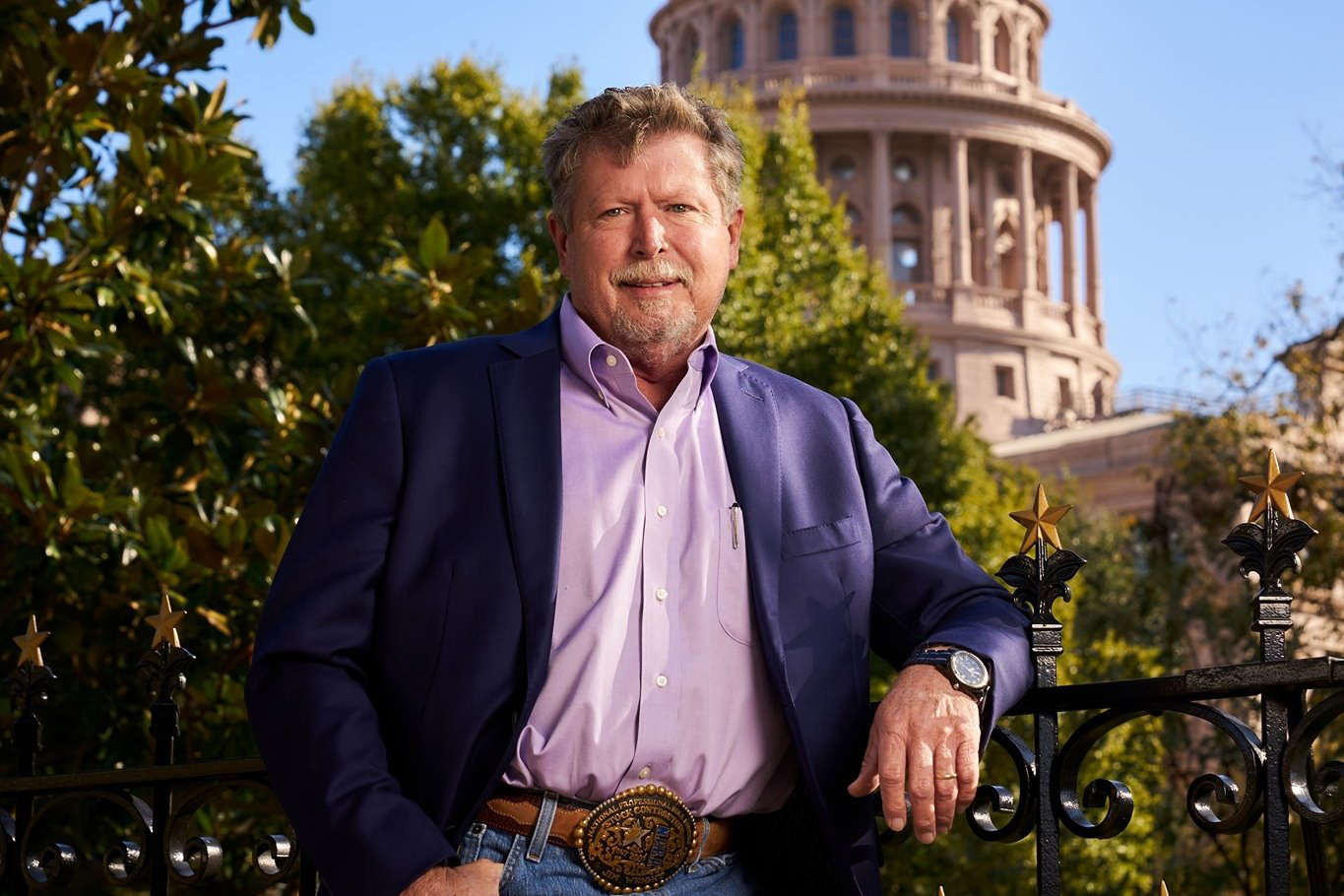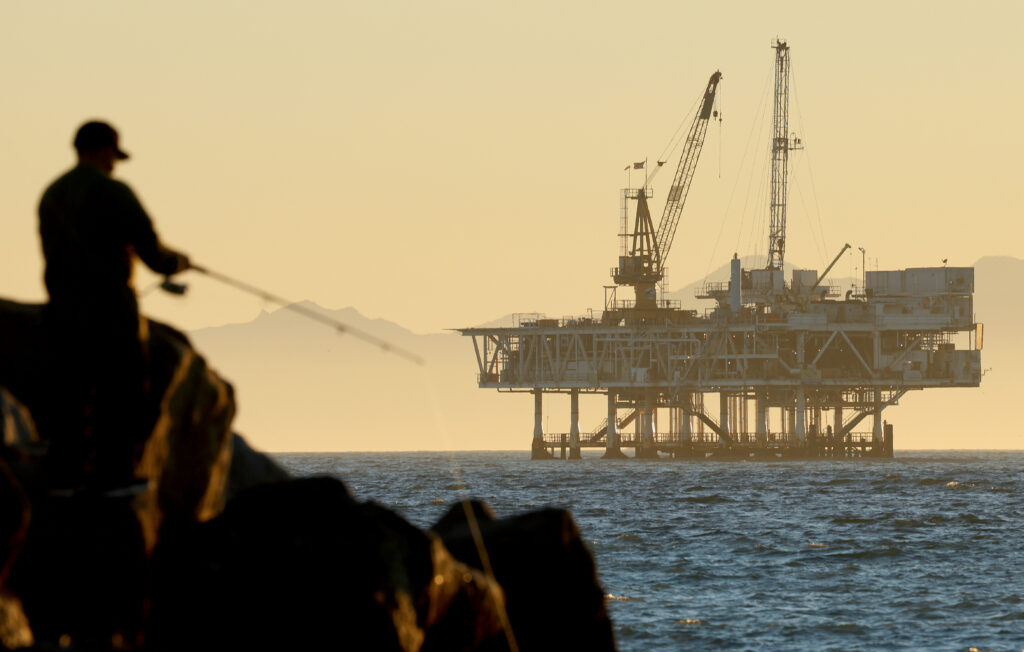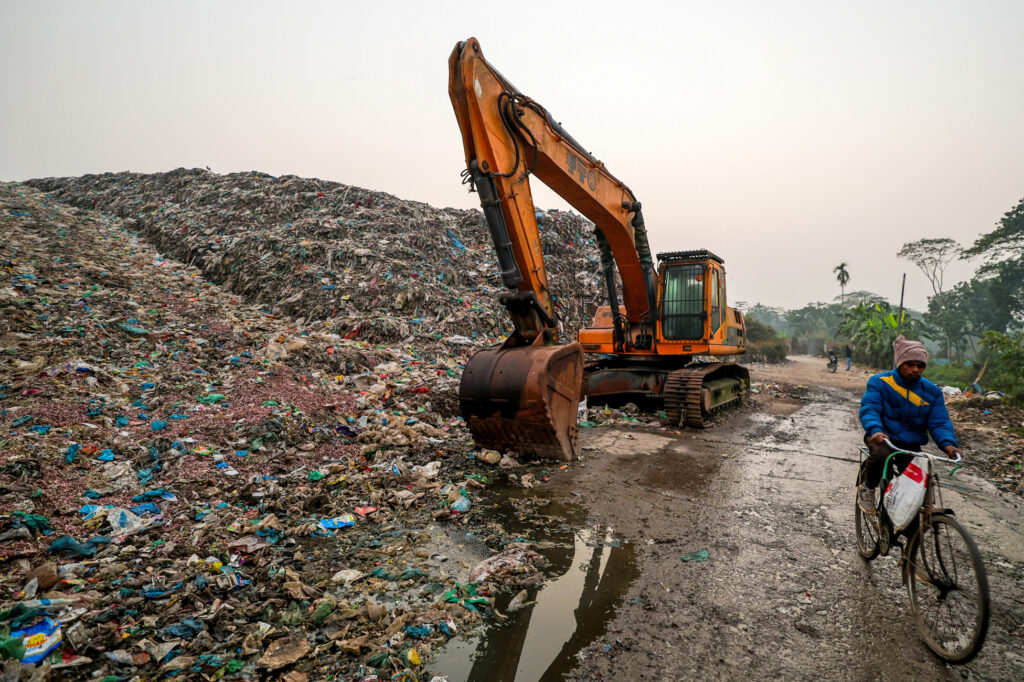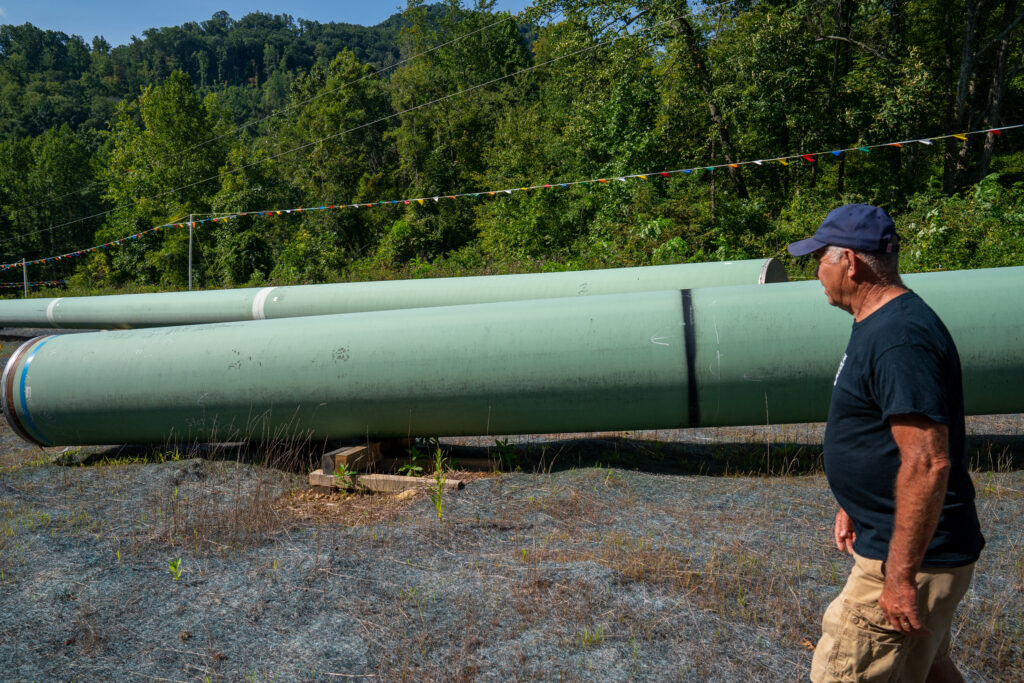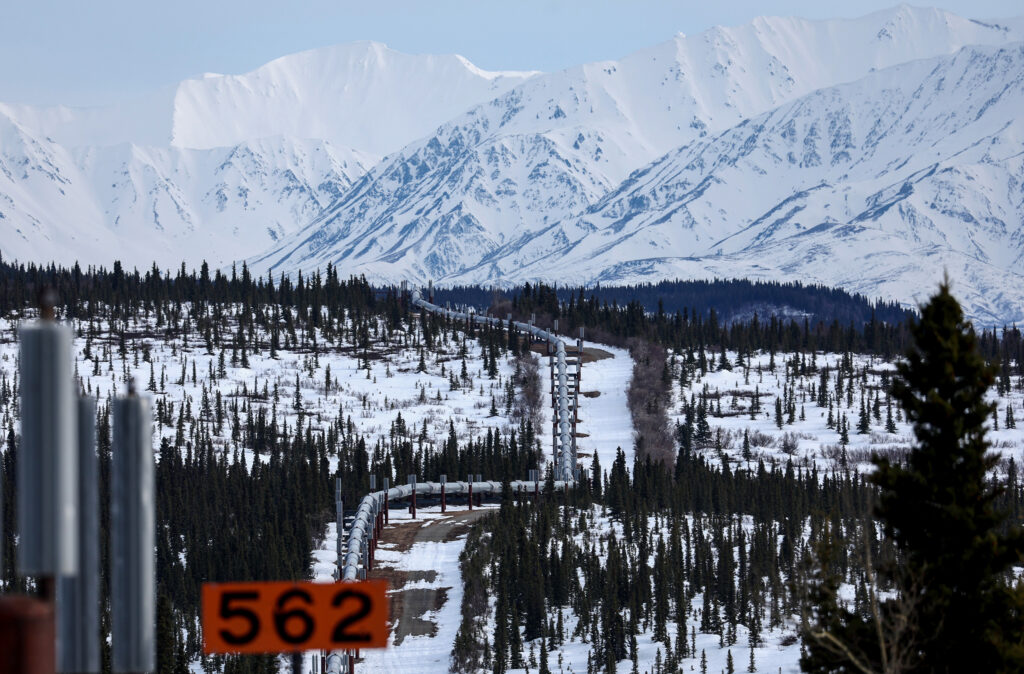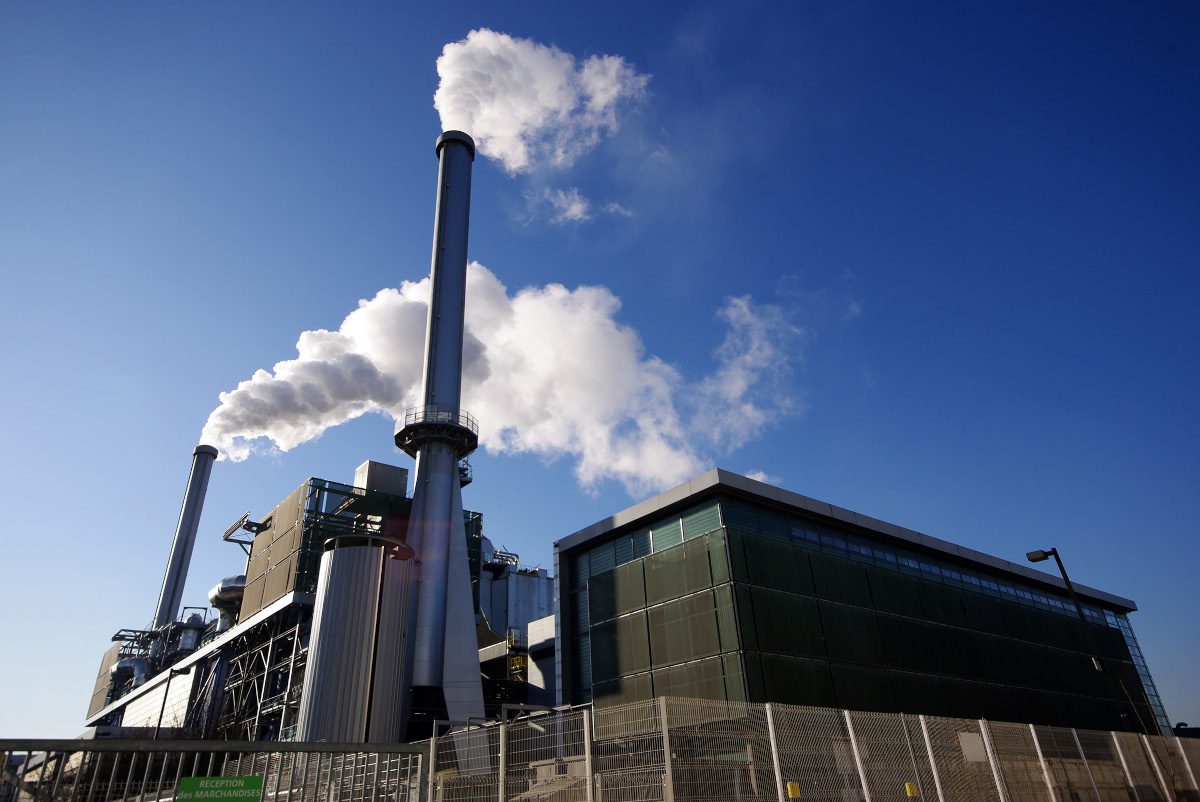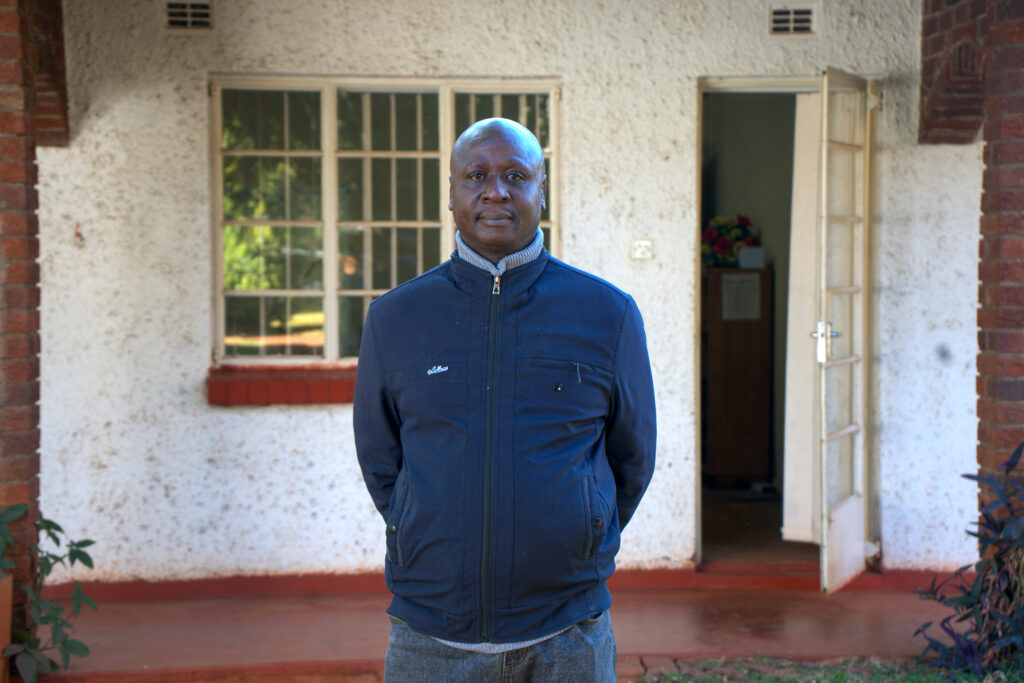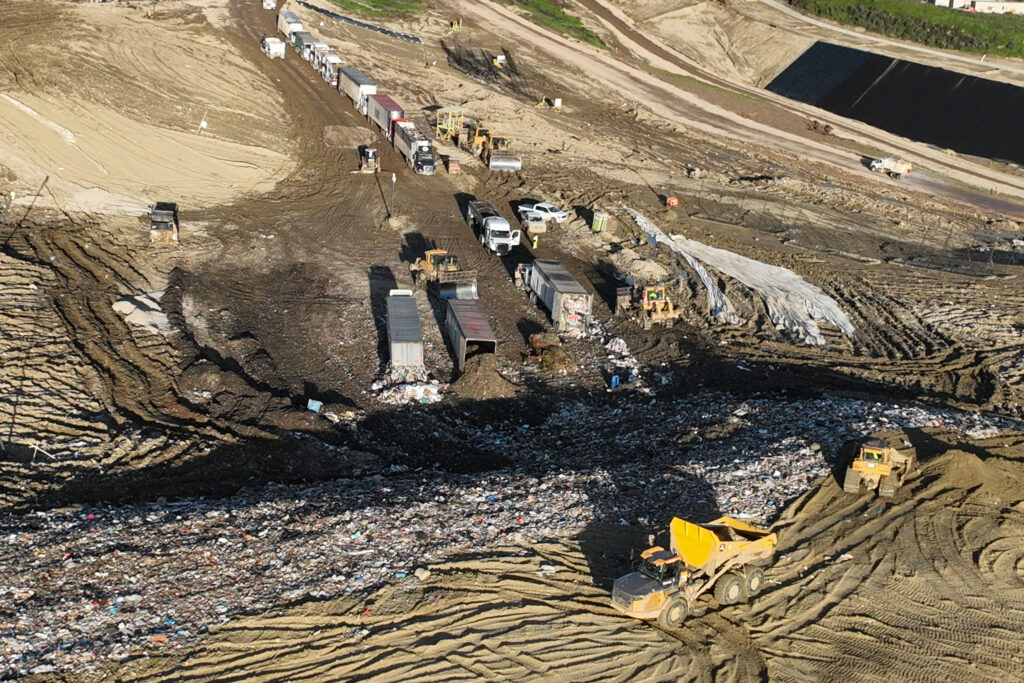After nearly 10 years of litigation, a regional civil court in Germany on Wednesday dismissed a Peruvian farmer’s claim that he and his community have been harmed by climate change driven by a German energy company’s emissions.
But at the same time, the court affirmed that such claims are permissible under German law.
The case dates back to November 2015, when Saúl Luciano Lliuya, a farmer and mountain guide who lives in Huaraz, Peru, filed a lawsuit against RWE, Germany’s largest electricity producer, in the District Court of Essen, where the utility is based. In the suit, Lliuya charged that RWE’s pollution is a civil nuisance that increases the flood threat to his home and community by melting the precarious glaciers on the steep-sided Andes above the town.
But the court also said that it is possible that carbon dioxide polluters can be held liable for their share of emissions, or be required to take preventative measures. What factual scenarios could warrant such an outcome in Germany is unclear, as legal experts are still analyzing the 137-page ruling.
RWE is responsible for about 0.4 percent of global industrial-age greenhouse gas emissions, according to the Carbon Majors database. Based on that figure, calculated together with climate attribution studies that show how every additional increment of carbon dioxide warms the planet, Lliuya wanted RWE to admit its liability and pay about $17,000 to help build flood defenses for the town.
The District Court in Essen ruled in 2016 that individual effects of climate change can’t be traced to specific emitters due to the large number of polluters.
The Hamm Higher Regional Court took up Lliuya’s appeal, which ended with the ruling on Wednesday, relying on an expert finding that the flood risk isn’t great enough for the court to “investigate the existence of a causal link between RWE’s CO2 emissions and the alleged danger to the plaintiff’s property,” according to a statement from the energy company.
Speaking to international legal experts and reporters via Zoom and through a translator, Lliuya said he respects the court ruling. But even though his particular claim wasn’t acknowledged, he added, the decision shows that the German legal system appears to acknowledge that large emitters can be held accountable for their emissions, and that such claims must be evaluated on an individual basis.
Regardless of the court ruling, the threat of flooding is intensifying because glaciers in the Andes are melting even faster now than when the lawsuit started. The water is pooling in newly formed lakes in many high valleys along the range. In most cases, they’re only contained by loose piles of mountain rubble and easily overflow when big chunks of ice, rock or mud fall into the water.
Just a few weeks ago, Lliuya said, a rockfall into a new lake formed by recent glacial retreat triggered floods that killed four people and damaged property below the lake.
“Even though it was a very small lake, it did cause quite significant damage and several people died as a result,” he said. “This came as a big shock, and once again showed that this is a very significant risk that people are facing every day.”
If a similar event were to happen at Lake Palcacocha, a much larger lake looming above Huaraz, “the damages would be much more devastating,” he said. Thousands of people in Huaraz died in floodwater from the lake in 1941, and since then, the town’s population has quadrupled and the lake’s volume has grown to 30 times what it was.

Mountain scientists call such events glacial outburst floods. Recent research confirms that such floods increased as much as sixfold in the 20th century, and even more in recent years. As many as 15 million people, primarily in India, Pakistan, Peru and China, are potentially at risk from glacial outburst floods.
“The court ruled: The lawsuit against RWE was unfounded,” RWE spokesman Olaf Winter said via email. “Fundamentally, we also believe it is a completely wrong approach to shift climate policy demands into courtrooms via NGOs.”
He said side effects of climate litigation against individual German companies could cause “massive damage” to the country’s industrial base, and that climate policies should be discussed and resolved politically. RWE has complied with applicable law and all emissions regulations, he added.
In its official press statement on the case, the Higher Regional Court of Hamm called the trial significant in the context of the current climate change debate. The court took the claims very seriously, to the extent of including a multi-day site visit to Huaraz in 2022, it noted.
“This is a very significant risk that people are facing every day.”
— Saúl Luciano Lliuya
Despite rejecting Lliuya’s specific claim, presiding Judge Rolf Meyer said the “vast distance” between RWE’s power plants and the threatened neighborhood was not a reason to dismiss the lawsuit.
International legal aid groups that supported Lliuya’s lawsuit against RWE said the case could still help bolster international climate law.
The court rejected the arguments that RWE’s emissions are insignificant and instead emphasized that the company’s massive historical emissions justifies reviewing its responsibilities with regard to climate impacts, said Sébastien Duyck, a senior attorney with the Center for International Environmental Law.
Under the ruling, it will be possible for people to hold fossil fuel companies liable for their contribution to climate change in the future,
said Noah Walker-Crawford, a climate litigation researcher at the Grantham Research Institute on Climate Change and the Environment.
“A causal link between emitter and impact cannot be excluded … so liability cannot be excluded per se,” he said. “Rather, the facts have to be examined in every specific case. In principle, under the law, there can be legal liability if the facts show that there is a concrete link.”
What this could mean in practice, he added, is that other people affected by climate change potentially facing climate risks can come forward and “ask the courts to examine whether in their specific case, the risk is high enough to establish liability to make major emitters pay for climate damages.”
About This Story
Perhaps you noticed: This story, like all the news we publish, is free to read. That’s because Inside Climate News is a 501c3 nonprofit organization. We do not charge a subscription fee, lock our news behind a paywall, or clutter our website with ads. We make our news on climate and the environment freely available to you and anyone who wants it.
That’s not all. We also share our news for free with scores of other media organizations around the country. Many of them can’t afford to do environmental journalism of their own. We’ve built bureaus from coast to coast to report local stories, collaborate with local newsrooms and co-publish articles so that this vital work is shared as widely as possible.
Two of us launched ICN in 2007. Six years later we earned a Pulitzer Prize for National Reporting, and now we run the oldest and largest dedicated climate newsroom in the nation. We tell the story in all its complexity. We hold polluters accountable. We expose environmental injustice. We debunk misinformation. We scrutinize solutions and inspire action.
Donations from readers like you fund every aspect of what we do. If you don’t already, will you support our ongoing work, our reporting on the biggest crisis facing our planet, and help us reach even more readers in more places?
Please take a moment to make a tax-deductible donation. Every one of them makes a difference.
Thank you,





